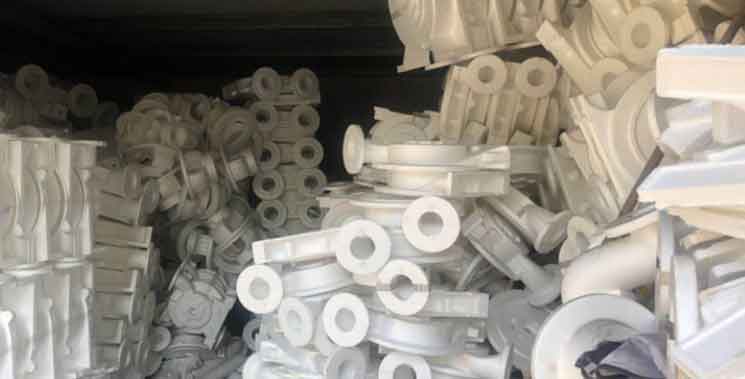Lost foam casting is indeed unlocking creative freedom in metal manufacturing by offering unique advantages and capabilities. Here’s how lost foam casting enables creative freedom in the production of metal components:

- Complex Geometries: Lost foam casting allows the production of components with intricate and complex geometries that would be challenging or impossible to achieve with other casting methods. The foam patterns used in lost foam casting can be easily shaped and manipulated, allowing for the creation of complex designs, intricate details, undercuts, and internal cavities. This design freedom empowers engineers and designers to explore innovative and creative shapes and configurations.
- Seamless Integration of Features: Lost foam casting enables the seamless integration of multiple features into a single cast component. The foam patterns can be designed to incorporate complex internal structures, channels, passageways, and functional features directly into the component, eliminating the need for additional machining or assembly operations. This integration of features not only enhances the functionality of the component but also improves its overall performance and reliability.
- Near-Net Shape Casting: Lost foam casting produces near-net shape components, minimizing the need for extensive post-casting machining or finishing. The foam pattern accurately replicates the final shape of the component, reducing material wastage and saving time and cost associated with material removal. This near-net shape capability allows for more efficient and cost-effective production, as less time and effort are required for secondary machining operations.
- Artistic and Sculptural Applications: Lost foam casting finds extensive use in the creation of artistic and sculptural metal pieces. The process allows artists and sculptors to bring their creative visions to life by translating intricate designs and fine details into metal components. The versatility of lost foam casting enables the production of custom and unique artistic pieces with precision and high-quality surface finishes.
- Design Iteration and Prototyping: Lost foam casting facilitates rapid design iteration and prototyping due to its shorter lead times and lower tooling costs compared to other casting methods. Changes to the foam pattern can be easily implemented, allowing for quick evaluation of design concepts and modifications. This ability to rapidly iterate and prototype designs supports the creative process and enables designers to refine their ideas and achieve optimal results.
- Material Versatility: Lost foam casting can be performed with a wide range of metals and alloys, including aluminum, bronze, stainless steel, and more. This material versatility provides flexibility in selecting the most suitable material for specific artistic or creative applications, considering factors such as color, texture, strength, and durability.
- Customization and Personalization: Lost foam casting offers the ability to create customized and personalized metal components. Whether it’s a unique sculpture, a personalized jewelry piece, or a custom architectural element, lost foam casting allows for individualized designs and customization according to specific requirements or preferences.
Lost foam casting is widely used in art, sculpture, architecture, and various creative industries, where the freedom to explore intricate designs, complex shapes, and seamless integration of features is crucial. With its unique capabilities and design flexibility, lost foam casting empowers artists, designers, and manufacturers to unleash their creativity and bring their visions to reality in the form of precision metal components.
